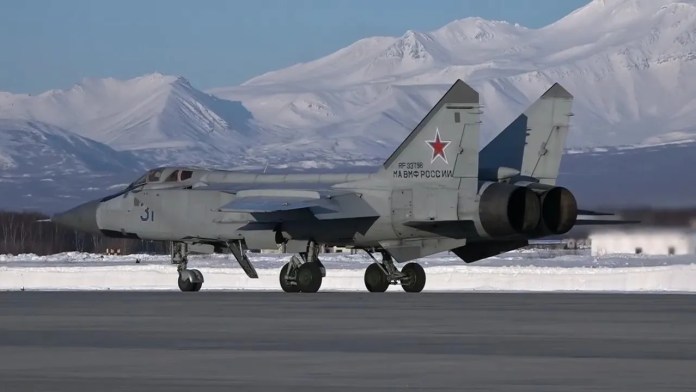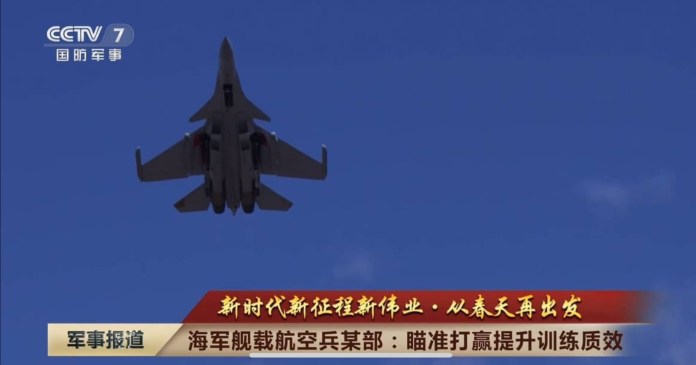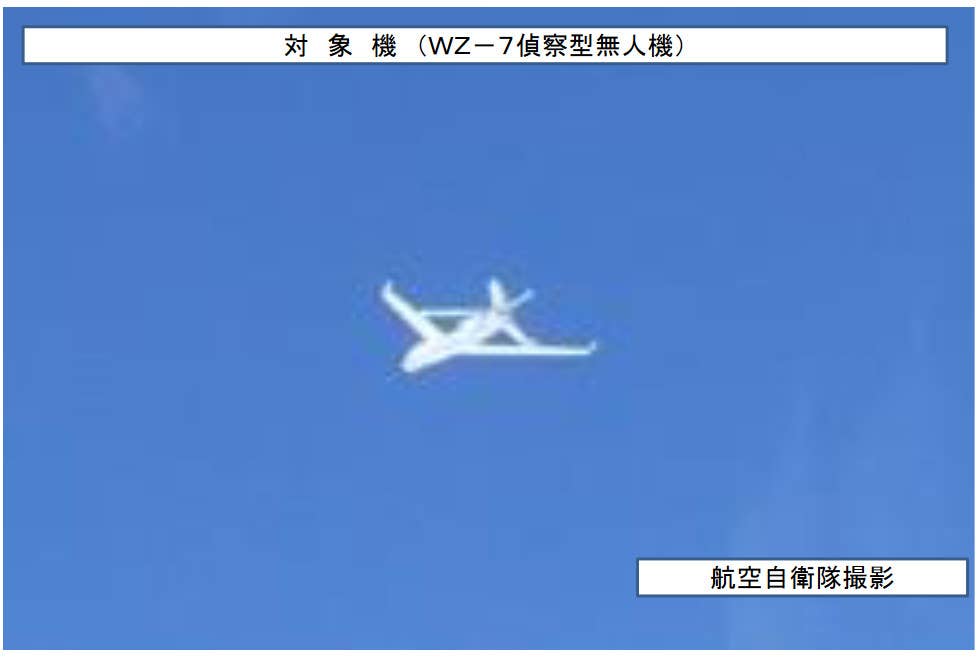A Northrop Grumman representative has attributed the significant cost increase of the U.S. Air Force's upcoming intercontinental ballistic missile (ICBM), the LGM-35A Sentinel, to design alterations by the service, particularly concerning the missile silos and connecting cables.
Originally, the Air Force planned to retain nearly all existing copper cabling, spanning approximately 7,500 miles, to support the Sentinel. However, the service later determined the necessity of upgrading to a higher-performing fiber-optic network, leading to additional costs.
Moreover, design adjustments to the launch facilities, initially conceived during the early phases of engineering and manufacturing development, also contributed to the cost escalation. The sheer scale of these changes, encompassing hundreds of launch facilities and thousands of miles of cable, resulted in substantial budgetary impacts.
The Sentinel program, aimed at replacing the aging Minuteman III ICBMs, has faced significant challenges and cost overruns. Originally projected at $96 billion with a per-unit cost of $118 million, the program's expenses have surged by at least 37%, with a current per-unit cost of around $162 million.
As a result of the cost increases triggering a Nunn-McCurdy breach, the Pentagon is conducting a review to identify the factors responsible. Despite setbacks, the Air Force remains committed to the Sentinel program, emphasizing the necessity of replacing the Minuteman III to maintain a credible nuclear deterrent.
Northrop Grumman continues its engineering and manufacturing development work on Sentinel, albeit amidst ongoing cost discussions with the Air Force. Despite the challenges, the program aims to deliver a next-generation ICBM with enhanced capabilities and reliability, ensuring the nation's strategic nuclear deterrent for decades to come.
:quality(70)/cloudfront-us-east-1.images.arcpublishing.com/archetype/YMS7NAMDSJEWRPMJAMDG7MTMHA.jpg)





:quality(70)/cloudfront-us-east-1.images.arcpublishing.com/archetype/4GCO24O3TZFPJO3WZ5ZTOYH3QA.jpg)

